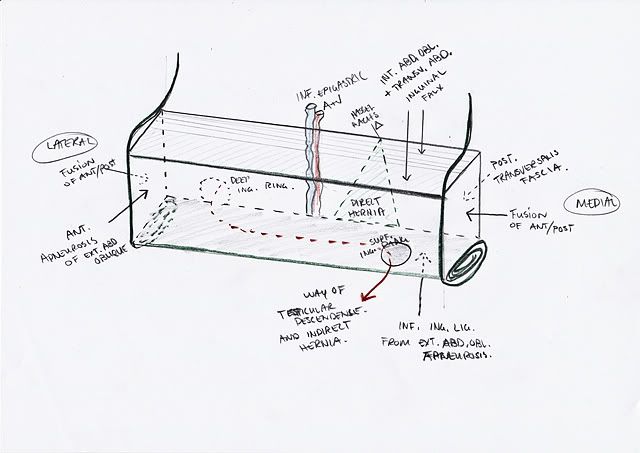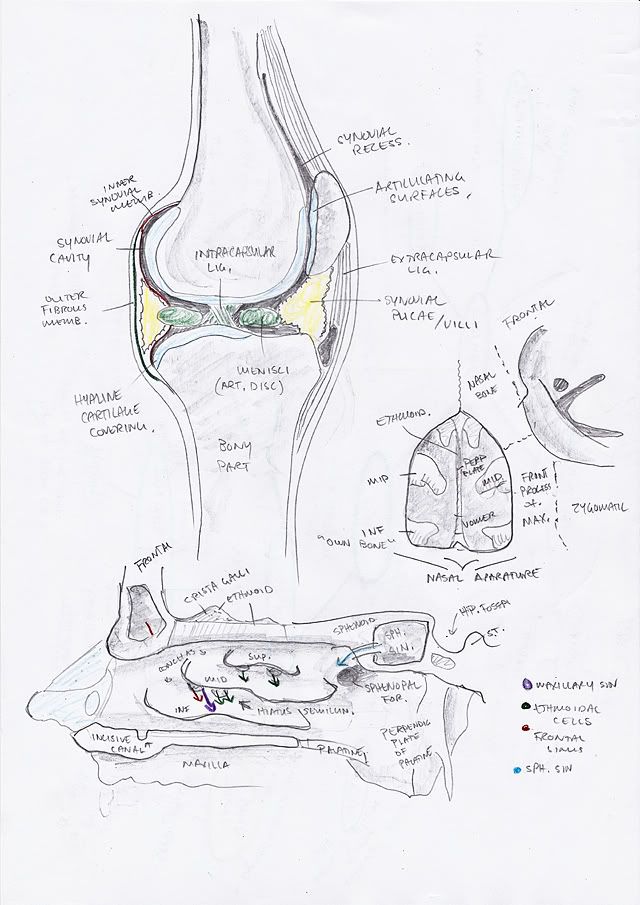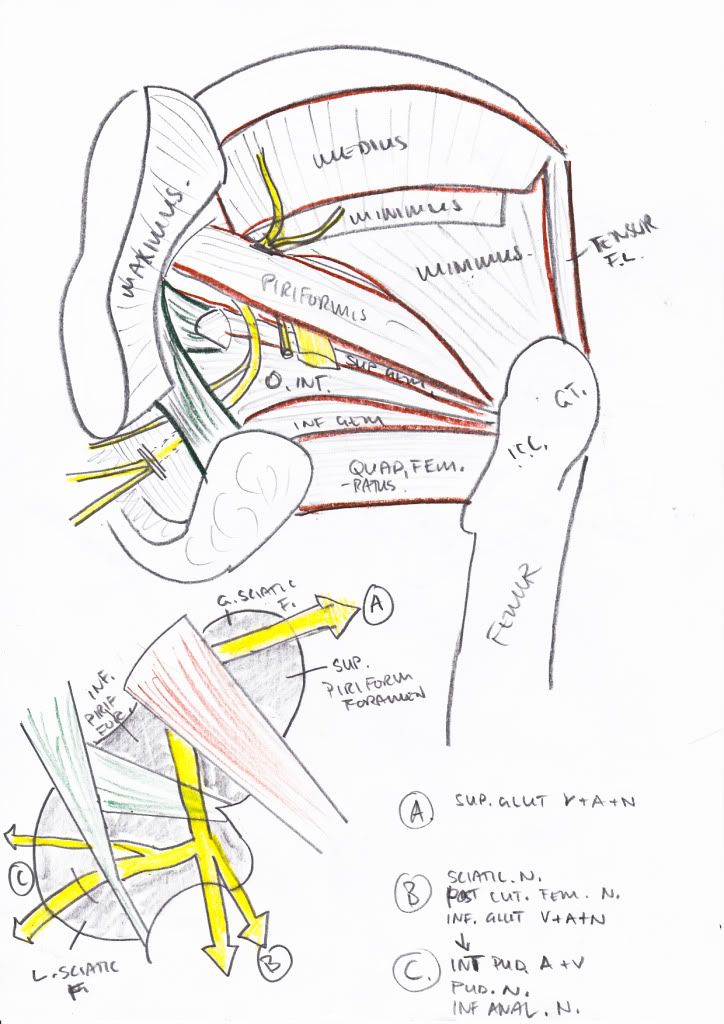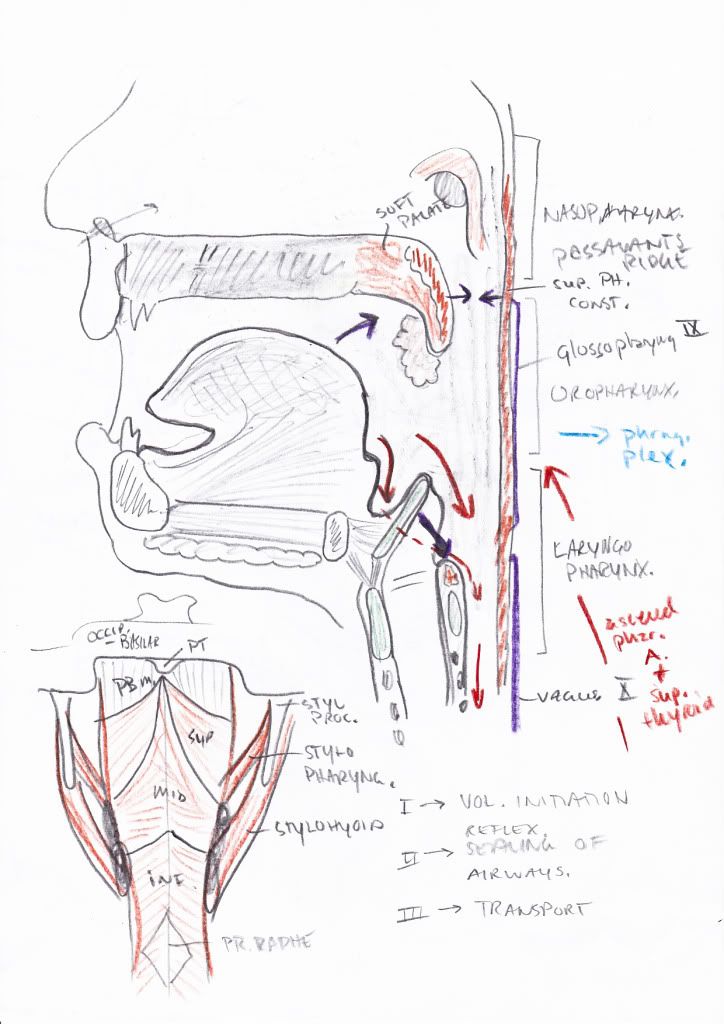I will write as if anatomy is a subject of the past without revealing too much - thus keeping the final battle review unwritten for yet some time.
There's a lot to cover leading up to the exam and one part is the preparation work and the anxiety that comes with it.
The system of the University is built up so that you need one ore more credit(s) from each subject in order to advance to the next semester. Credits are obtained in the end of each course, or earlier if one manage to pass a special test. They are earned by staying within the limited amount of absences, usually four, and by passing all the checkpoint tests during the course.
Of course all the tests tended to accumulate during the end and one have to plan it correctly. As the analogue signatures of credits are getting signed in the index book, or "the golden book of God" as one of my friends once put it, one can seriously starting prepare for what really matters: the final exams.
The Anatomy exam can be broken down in three steps starting off with a straight forward slide test composed of 30 images, schemes or drawings with one unidentified label respectively. You need 21 correct answers to pass to the next round.
All indexes of the students that passed are then collected and randomly distributed to the professors, thus, you never know which examiner you will face until after the slide test (not that it would matter).
The students that failed are being called and sent home while the rest are placed with their examining professor. Two further tasks must be conquered; the practical dissection and the oral examination. Some students begin with the practical part and some directly to the oral.
The dissection is rather straight forward. You enter the dissection rooms to your examiner who starts of at one of six stations: bones, cadaver (muscles), thorax, abdomen, brain and CT/X-Ray. You answer the questions and are graded accordingly.
In the last part of the final exam, the part that you in my honest opinion ought to fear the most, you will be forced into a face off with one of the professors. The oral part is composed of no less than
191 questions, or rather, categories. Out of the 191 you pick a randomized number coding for a set of four question. Here are the
division, total number of questions for each category
(in brackets) and some examples:
Skeleton and its connections, muscles, fascias, osteofascial compartments (30)
-Bones and joints of foot including X-ray images, plantar arches and their support
-General features of striated muscle, its auxiliary structures, motor end plate, motor unit, muscle spindle, Golgi tendon organ, denervation atrophy
-Muscles and fascias of thigh, femoral triangle (draw transverse section and boundaries)
Gastrointestinal tract (17)
-Pharynx – description, syntopy, blood supply, innervation, swallowing reflex
-Liver - structure, nutritional and portal vascular bed, intrahepatic bile ducts
Respiratory system (8)
-Trachea and bronchi, bronchial tree - description (draw scheme), structure, syntopy, tracheotomy
-Pleura – visceral and parietal, borders of pleura, pleural dome and recesses, pneumothorax
Urinary and reproductive system (15)
-Urinary bladder – structure and position, fixation and syntopy in male and female (draw scheme)
-Prostate - structure, topographic relations, prostatic urethra, ejaculatory ducts
Heart (7)
-Heart - description, chambers, heart wall arrangement (draw section through ventricles)
-Coronary arteries, coronarogrpahy, veins and nerves, lymphatics
Arteries (9)
-Common carotid artery, internal carotid artery
-Abdominal aorta, unpaired visceral branches and their clinically important anastomoses
Veins (8)
-Cranial veins, sinus durae matris, intracranial tributaries of internal jugular vein
-Superficial and deep veins of lower and upper extremities, varicose veins
Lymphatic system (8)
Central nervous system – CNS (29)
-Cerebellum – structure, subdivision and functional organization
-Association and commissural fibers of hemisphere, internal capsule (draw scheme of tracts in internal capsule)
-Lemniscal system (dorsal column tract), proprioceptive and tactile sensation
Peripheral nervous system – PNS (20)
-General structure of the spinal nerve, perineurium, vertebromedullar topography, segmental innervation, radicular areas, dermatomes
-Radial and axillary nerve, paralysis
-Abdominal and pelvic sympathetic system, pre-vertebral plexuses and ganglia
Sensory organs, skin, endocrine glands (13)
-Eyeball (draw sagittal section), cornea, sclera and vitreous body
-Choroidea, iris, ciliary body, eyeball chambers, circulation of aqueous humor, glaucoma
Regional Anatomy (27)
-Topography of abdominal wall, blood supply, innervation and surface projections of abdominal organs
-Inguinal region, inguinal canal, hernias (draw schema of inguinal canal)
-Topography of supramesocolic part of peritoneal cavity (draw transverse section through lesser sac)
The complete list of questions is available
here.
As you can see the categories are rather wide and wont cover all the possible questions the Professors can come up with - more or less anything they have touched (and to be honest also not touched) during the year.
I am amazed over the fact that all of us, who passed, have managed to learn such magnitude of information in 9 months of time. Combined with the knowledge of Histology we should be able to zoom in on any part of the human body and be able to explain the structures building up that part, both macro- and microscopically.
I hope the rest of my colleagues will fight for a good grade this week, the fourth round of examinations, and that their outcome will be satisfying.
Luck comes with the prepared...













